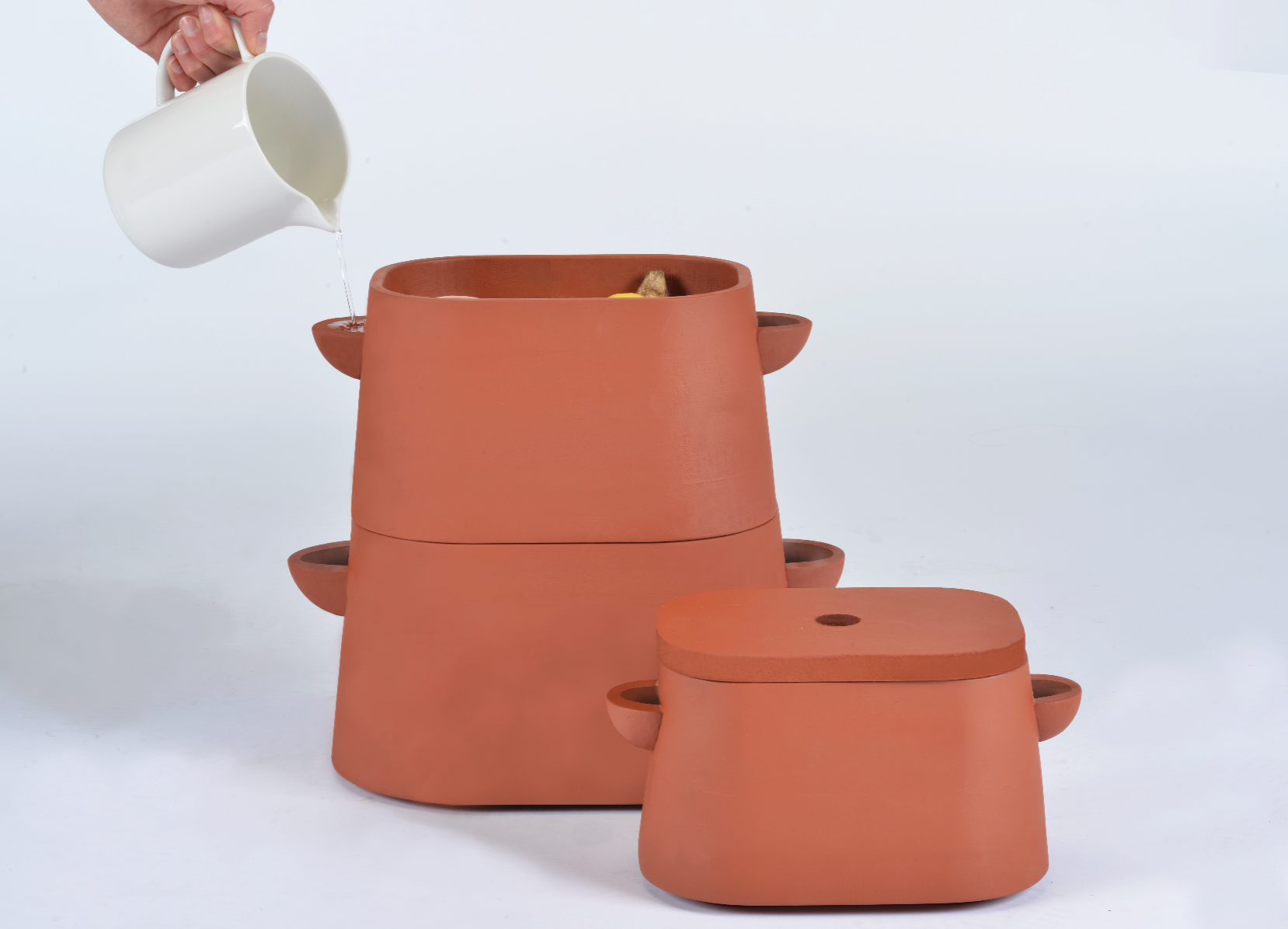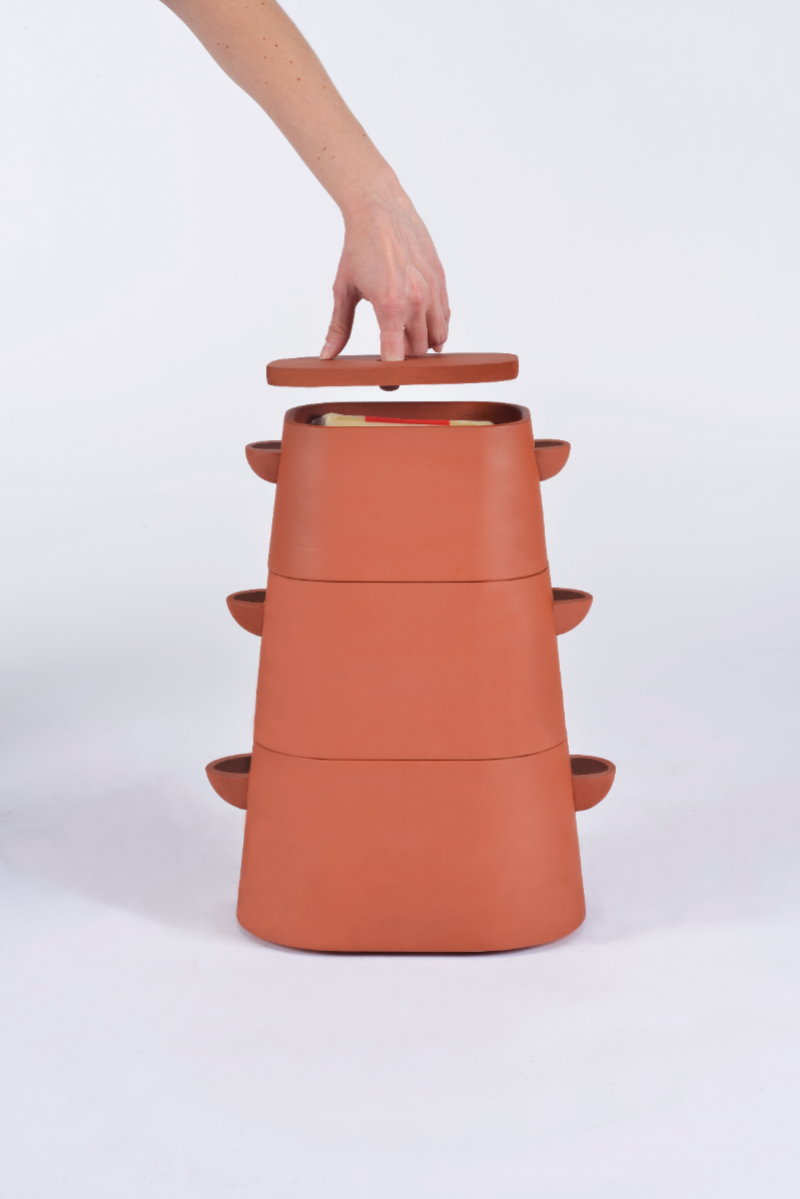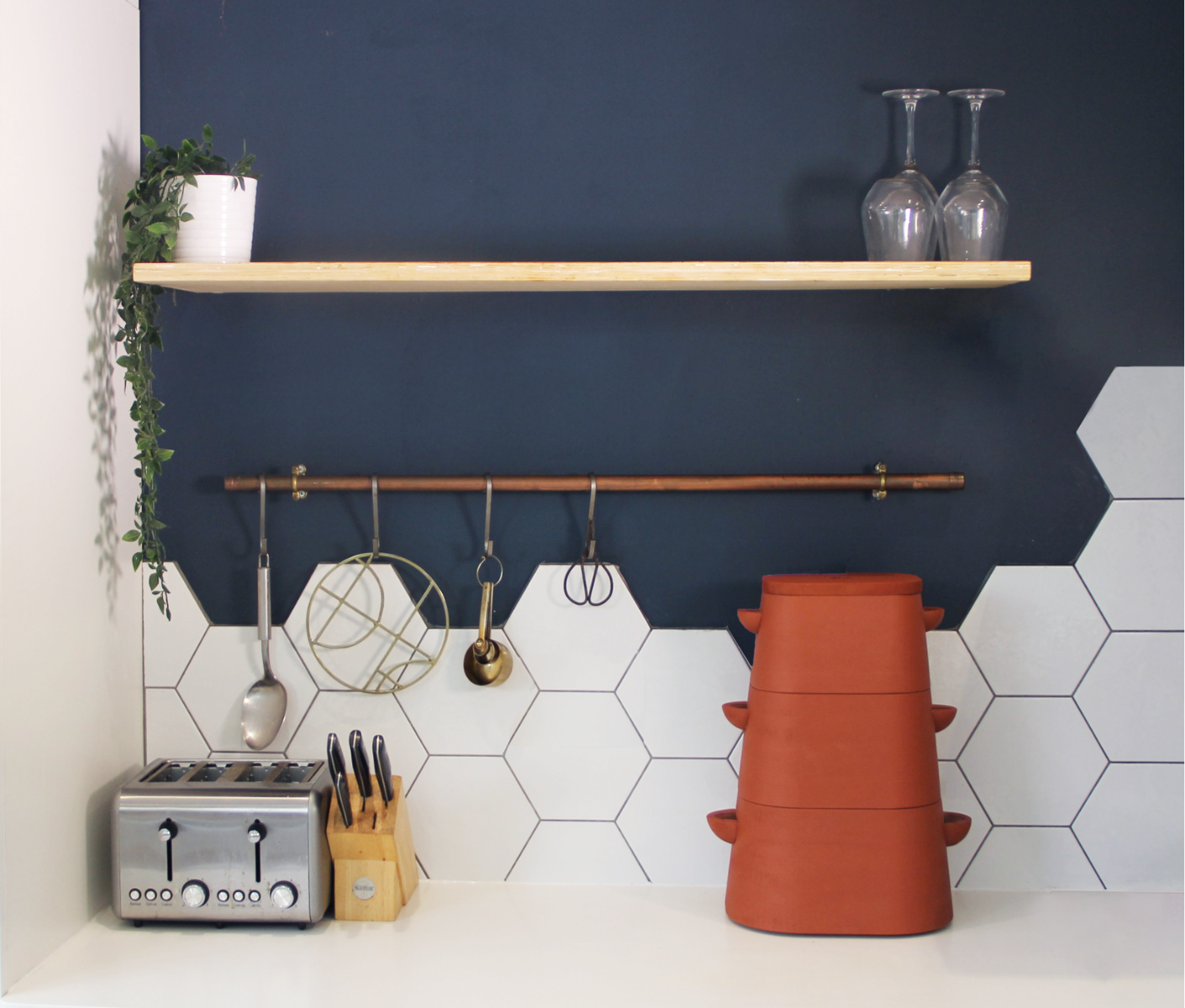Ellie Perry
Product & Furniture Design BA Hons
Kingston School of Art
Specialisms: Ceramics / Product / Architecture / Interiors /
Location: London, United Kingdom
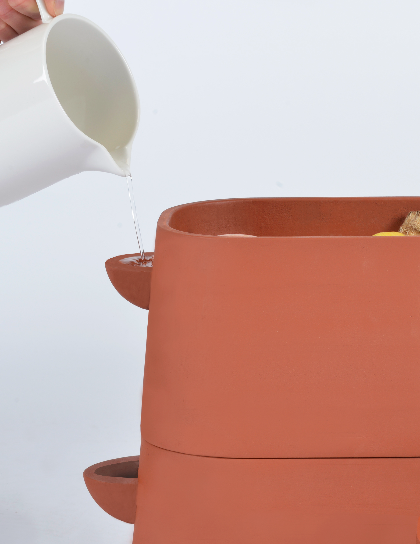
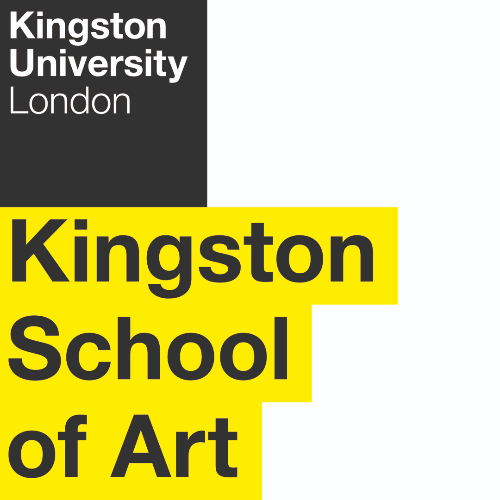
Ellie Perry

First Name: Ellie
Last Name: Perry
Specialisms: Ceramics / Product / Architecture / Interiors
Sectors: Fine Art/Photography/Craft / Product / Architecture / Interiors
My Location: London, United Kingdom
University / College: Kingston School of Art
Course / Program Title: Product & Furniture Design BA Hons
About
10% of household energy is used by domestic fridges. The UK produces 14 million tonnes of food waste each year. Why are we wasting electricity on food that we then waste? Terracooler is a modern take on the ‘zeer pot’ an ancient method of cooling that dates back to 3000BC. Using the natural properties of terracotta, all you have to do to keep your food cool is water it. A collection of double walled slip cast pieces that are designed to keep vegetables, fruit and dairy cool. The hollow handles allow the user to pick each unit up, whilst providing a spout for the water to be poured through. The porosity of the terracotta absorbs the water, cooling the food as it evaporates. Terracooler not only reduces energy consumption for food that should not be stored in a fridge, but makes the user more aware of food storage and less likely to let good produce go to waste.
